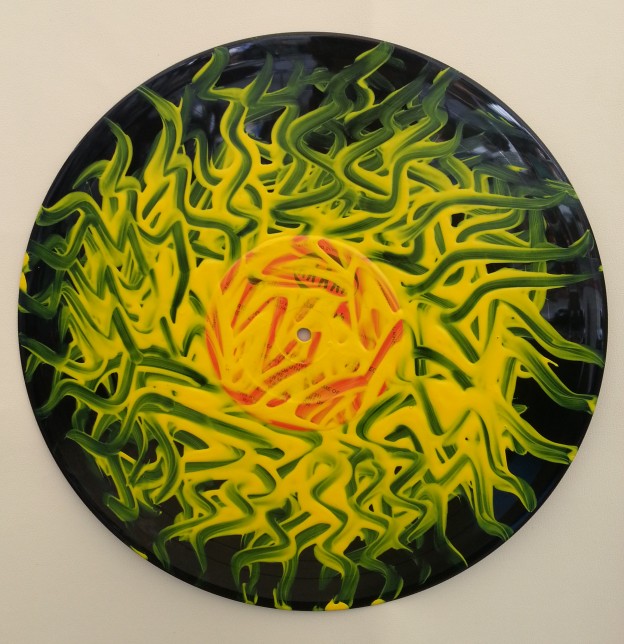When you decide you’d like to paint, you will likely encounter the art myth that it takes talent. Don’t believe it. The desire to learn to paint and enthusiasm are what you need more than anything else.
Having decided you’d like to learn to paint, you need to decide what paint you’re going to use. The four main choices are: oils (traditional or water soluble), acrylics, watercolors, and pastel. It’s a very personal choice, and if you don’t get on with one type of paint, be sure to try another.
Selecting Suitable Art Materials and Paints
I believe in buying the best quality paint you can afford that still lets you feel you can play with it. You need to feel able to paint over something that’s not working, or scrape it off if you’re using oils, rather than desperately trying to keep it because of the cost of the paint you’ve used.
Learning to Mix Colors
Color mixing is something beginners often shy away from (especially when it’s labeled “Color Theory”). Don’t, the basics of color mixing aren’t particularly complicated. Embrace the challenge (and fun) and get color mixing. At worst you’ll produce mud colors, and if you don’t want to waste the paint by throwing it away, you use it with some white to do a monochrome painting orvalue exercise.
Essential Decisions Before Starting a Painting
Ultimately the degree to which you plan out a painting depends on your personality, some people find it essential and others a hindrance. But regardless of how detailed you like to plan (or not), there are several decisions that have to be made before you to start to paint, including what you’re going to paint (the subject), what format and size the painting will be, what you’re going to paint on (called a support), what technique you’re going to use, and what colors.
The Steps in Making a Painting
The steps in the creation of a painting are something that varies from artist to artist, and something that develops over time. I like to briefly sketch out the composition on a canvas, then block in the main areas of color right across the canvas, then gradually work on the detail. Sometimes I do studies (small versions) or multiple sketches for a painting, sometimes not. There’s no right or wrong approach; ultimately you must find what works best for you.
Finding Ideas for Paintings
Some weeks you’ll have more ideas than you can get down; others you may find yourself hunting around for inspiration. This is why a creativity journal can be really useful. Never despair though, it’s ‘normal’ to have ups and down, or creative blocks.
Finding Answers to Your Painting Questions
If you’re got any specific painting-related questions, the starting point for finding answers are the various Painting FAQs (Frequently Asked Questions). The About.com Painting Forum is also an excellent place for finding answers to your questions (don’t worry that it’s too basic, or may have been answered before; it isn’t, and it doesn’t matter).
Safety Tips for Using Art Materials
Most of the safety issues with art materials and in your art studio ought to be common sense, but of course what is sensible to one person is over cautious or careless to another. For me, safety and art materials comes down to one rule: “Art materials weren’t made for eating.” Know what you’re using and what precautions you need or want to take, and where to find non-toxic art materials if you only want to use those.

Leave a Reply
You must be logged in to post a comment.